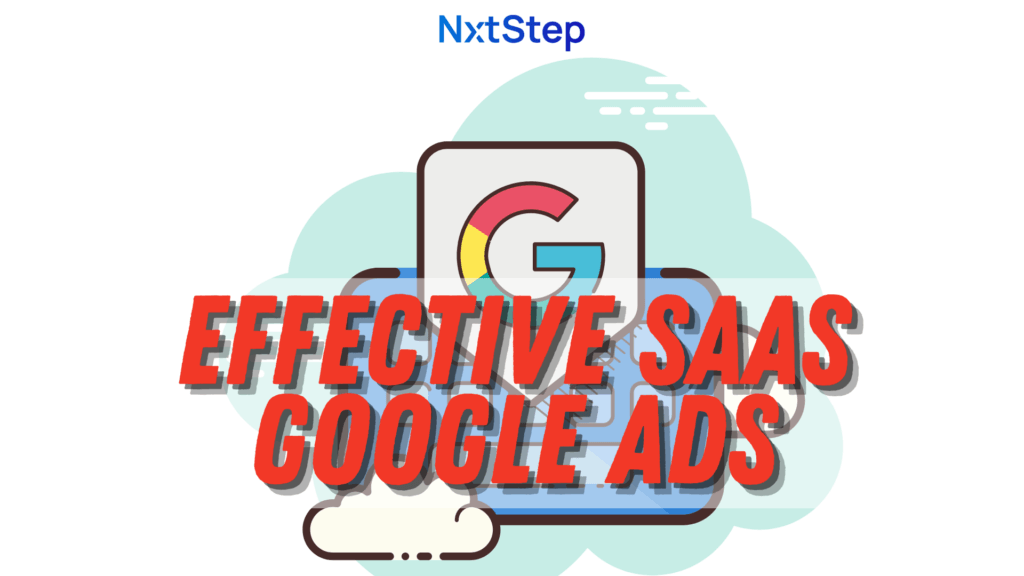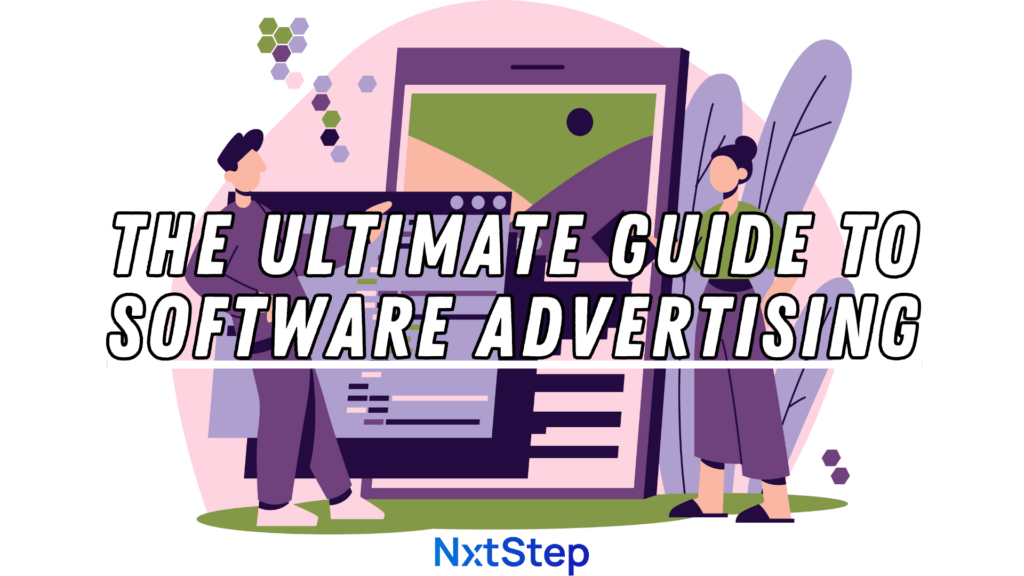Once your product is out in the wild being used by customers, you should be doing everything in your power to measure their experience. You will undoubtedly have questions that need answers. Some of the bigger questions will likely be:
Are customers getting value out of using your product?
Who specifically is getting value out of using your product?
Who isn’t having a great experience and why is that?
While these are great questions and you should capture as much data as you can to try and answer them, it’s important to keep your focus on your long-term goals. Once you start onboarding customers, there will be lots of data to pour through and the more data you have, the more patterns there will be to search for.
Before you know it, you will have gone down many rabbit holes only to emerge with a rather muddled sense of where to go from here.
One of your long-term goals should be to figure out how to best position your product to make it to the next level of traction. You may have set specific goals for revenue, user growth or perhaps both. What matters most right now is – choosing the best strategy to help get you there.
I talk a lot about identifying the patterns in your data. We don’t build around one customer, we build around the patterns. I say this a lot, but do you know what I specifically mean when I say that?
When we begin building our product business, tremendous effort goes into market research which includes finding the ‘obvious unmet need’ in the market. This will be some form of gap among the demand from the market for a solution to a problem and where your competition falls short of capitalizing on this demand because their value proposition doesn’t go far enough.
This sounds great in theory, but in reality is quite difficult to follow efficiently to deliver the results that you need. Just as important, is to continually monitor the solutions offered by your competition and the latest demands from the market. Adding further complexity, the market is not static, it is dynamic. This means that the needs from the market will change overtime. How quickly those market needs evolve will depend on your industry. If you’re anywhere near technology, just assume things will move quickly.
If you’re following this pattern correctly, you will be in a regular cycle of searching for and processing data. Some will be from the market, some will be from you competition, but it will all be valuable.

Get our awesome product content delivered daily-ish to your inbox
The challenge becomes knowing where to start. If your routine is a cycle, and your goal is to make it to the next level, where do you begin?
If you look for patterns in the data, you will find some, but they won’t be obvious enough to build around. The problem you have is that there are too many variables in your data. This makes it very difficult to find the obvious patterns. So what do you do?
You need to filter your customer usage data effectively
Extract the customer data from those that are very happy with your product. Don’t worry about knowing exactly how to figure this out. The customer will tell you.
Once you’ve extracted the very happy customers from everybody else, conduct your exercise of searching for patterns again. What do these customers have in common? You will find great patterns that you can use.
Use these patterns to update your product positioning and go find more customers like them using what you’ve learned.
Want to know more about how to update your product positioning to take things to the next level? Let’s talk it through, email me at sean@nxtstep.io or visit us on the web at NxtStep.
To get product stories like this one delivered right to your inbox – sign up for my emails or subscribe to my YouTube channel.
Ready for your product to be rescued? Check out Product Rescue from NxtStep.







